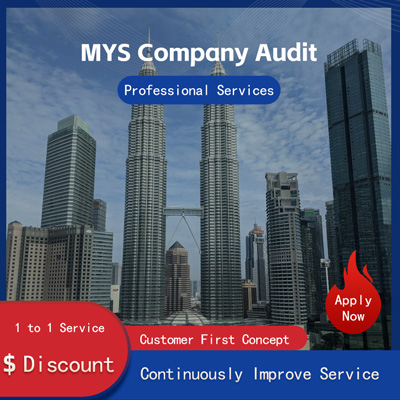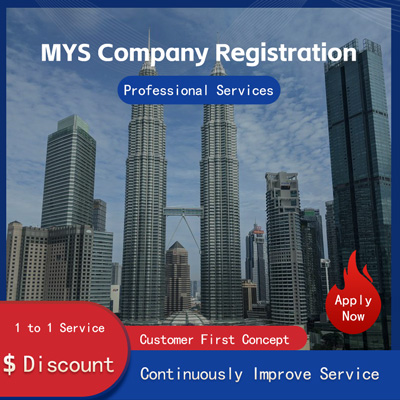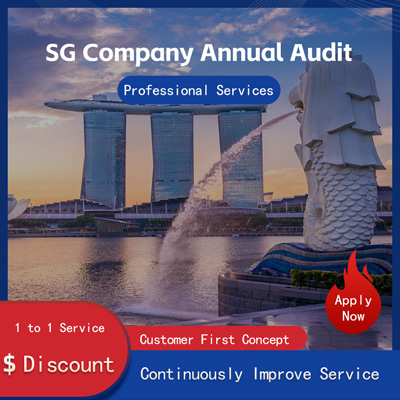
U.S. Bank Account Dormancy The Truth Solutions You Need to Know
Dormant U.S. Bank Accounts What You Must Know and How to Respond
In recent years, as more Chinese residents, international students, overseas workers, and cross-border e-commerce professionals interact with U.S. bank accounts, attention to the finer points of account management has grown significantly. Among these, the issue of dormant accounts has emerged as a critical but often overlooked concern.

Several U.S. banks have recently updated their account management policies, implementing stricter controls on long-inactive accounts. This change has drawn widespread attention and serves as a reminder for users to actively manage their accounts.
What is a Dormant Account?
A dormant account, also known as an inactive account, is generally defined as a bank account that has not had any active transactions-such as deposits, withdrawals, transfers, or purchases-within a certain period. While definitions vary slightly across banks, the typical threshold is 6 to 12 months without any activity.
Common Consequences of Dormant Accounts
Once an account is classified as dormant, users may face several restrictions and consequences
1. Limited Account Functionality Many banks restrict certain features of dormant accounts, such as online transfers, automatic payment services, or even debit card usage.
2. Dormancy Fees Some banks begin charging a monthly inactivity fee ranging from $5 to $15 once an account becomes dormant. If users are unaware, this can deplete the account balance and even result in a negative balance.
3. Automatic Account Closure If an account remains dormant for an extended period-typically 12 to 24 months-banks may close the account according to internal policies. Recovering a closed account often requires extensive identity verification and documentation, with no guarantee of success.
4. Impact on Credit Records While regular bank accounts don’t directly affect credit scores, if the account is linked to automatic payments e.g., credit card bills or utility payments, failed transactions due to dormancy can indirectly damage credit records.
Recent Policy Updates and News 2025
In 2025, several major U.S. banks-including Citibank, Bank of America, and Wells Fargo-revised their account management policies.
Citibank now charges a $10 monthly inactivity fee for savings accounts that remain unused for 12 consecutive months. The bank has also strengthened its monitoring system and automatically closes accounts that have been inactive for over 18 months.
Bank of America announced in Q1 2025 that it would conduct more frequent cleanups of dormant accounts to enhance system security and operational efficiency. While the move did not trigger widespread complaints, it prompted many users to reevaluate their account usage.
Why Banks Care About Dormant Accounts
From the banks' perspective, dormant accounts increase data management costs and pose compliance risks. In an era of increasingly stringent anti-money laundering AML and know-your-customer KYC regulations, banks must ensure the authenticity and activity level of each account.
This is especially important for non-resident or foreign accounts. Banks are now more cautious about accounts held by individuals who do not reside in the U.S. or who rarely use their accounts, which can lead to quicker flagging, dormancy classification, or even closure.
How to Prevent and Manage Dormant Accounts
To avoid the risks associated with dormant accounts, users can take the following proactive steps
1. Perform Small Transactions Regularly
To keep an account active, conduct at least one transaction every 3 to 6 months-such as using an ATM, making a small debit card purchase, or transferring a small amount between accounts. Even a $1 transaction can reset the activity clock.
2. Set Up Automatic Transfers or Recurring Deposits
For accounts used primarily for savings or investments, setting up a small monthly transfer from another account can help maintain activity without disrupting cash flow.
3. Update Account Information Promptly
Make sure the bank has your current contact details, address, and employment information. Failure to respond to bank communications can accelerate the dormancy process.
4. Understand Bank-Specific Policies
Each bank has its own rules regarding dormant accounts. Visit the bank’s official website or contact customer service to understand the specific terms and conditions.
5. Avoid Maintaining Unused Accounts
Close unnecessary accounts after confirming that all linked services-such as subscriptions or automatic payments-have been canceled. This prevents future complications.
6. Use Mobile and Online Banking Tools
Most U.S. banks offer mobile apps or online banking platforms that allow users to monitor account status, transaction history, and fees in real time. Timely detection of issues can help prevent further damage.
Conclusion
In today’s globalized world, maintaining a U.S. bank account has become a practical necessity for many people. However, account management details are often overlooked, and dormant accounts can become a hidden trap. By understanding bank policies, keeping accounts active, and taking preventive measures, users can avoid unnecessary financial loss and account closure.
Remember the life of an account lies in its use. Only through consistent attention and proper management can you ensure both financial security and convenience.
Helpful (0)
No help (0)
Still have questions after reading? More than 98,000 users have contacted us. Please fill in the following information to obtain business information.

Previous Article
How to Easily Register a Singapore Accounting Tax Filing Company? This Guide Has Got You Covered!
Aug 07, 2025Service Scope
MoreRecommended for You
- How to Open a Singapore Bank Account from Mainland China? Here’s the Complete Guide
- How to Profit from Your NRA Dollar Account Easy Tips for Smart Growth
- Why Singapore's Private Banks Have Become the Top Choice for Global Wealth Management
- How to Smoothly Open a SG Bank Account? Step-by-Step Guide Key Tips
- How to Open a Bank Account in Singapore? Step-by-Step Guide to the Process Requirements
- How Mainland Cos. Can Easily Open a SG Bank Account
- A Step-by-Step Guide to Easily Open a SG Bank Account
- Independent Public Accountants under Singapore Companies Act Roles, Responsibilities Future Challenges
- Why Does NRA Account Start with NRA? A Clear Explanation of This Financial Term
- Where to Open an NRA Account? Global Account Opening Guide Got You Covered
- Ultimate Guide to Setting Up a Company Account in Singapore Seize New Opportunities in Wealth Management
- Opening a Bank Account in Singapore Unlock Global Opportunities for Your Wealth
- S’pore vs HK Banks Which Is Better for Wealth Management? Find Out the Smart Choice
- How to Easily Open a Singapore Bank Account in Mainland China? Ultimate Guide + Practical Tips
- NRA Bank Confirmation Revealed Secrets You Must Know About Different Account Types
- How to Smoothly Open a Singapore Bank Account in China? A Guide to the Process and Key Points to Note
- How to Open a US Bank Account for a Hong Kong Company? Essential Requirements Explained!
- Want to Open an Account at Standard Chartered Bank in Beijing? Understand the Requirements in One Article!
- How Long Does It Take to Cancel a US Bank Card? Uncovering the Process and Truth Behind It
- Opening a Personal US Account Isn't That Hard - Just Follow These Steps and Tips


 ONE
ONE








Customer Reviews
Small *** Table
December 12, 2024The experience was very good. I was still struggling to compare it with other companies. I went to the site a few days ago and wanted to implement it as soon as possible. I didn't expect that everything exceeded my expectations. The company is very large, with several hundred square meters. The employees are also dedicated and responsible. There is also a wall of certificates. I placed an order on the spot. It turned out that I did not make a wrong choice. The company's service attitude is very good and professional. The person who contacted me explained various things in detail in advance. After placing the order, the follow-up was also very timely, and they took the initiative to report the progress to me. In short, I am very satisfied and recommend this company!
Lin *** e
December 18, 2024When I first consulted customer service, they recommended an agent to me. They were very professional and patient and provided excellent service. They answered my questions as they came in. This 2-to-1 service model is very thoughtful. I had a lot of questions that I didn’t understand, and it’s not easy to register a company in Hong Kong. Fortunately, I have you.
t *** 7
December 19, 2024I originally thought that they only did mainland business, but I didn’t expect that they had been doing Hong Kong business and were doing very well. After the on-site interview, I decided to ask them to arrange the registration of my Hong Kong company. They helped me complete it very quickly and provided all the necessary information. The efficiency was awesome. It turns out that professional things should be done by professionals.👍
b *** 5
December 16, 2024In order to register a company in Hong Kong, I compared many platforms and stores and finally chose this store. The merchant said that they have been operating offline for more than 10 years and are indeed an old team of corporate services. The efficiency is first-class, and the customer service is also very professional.